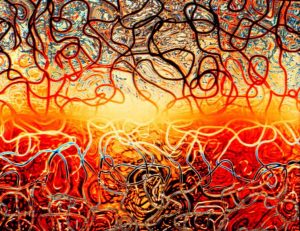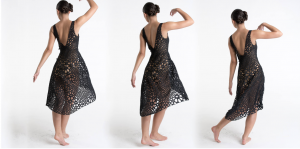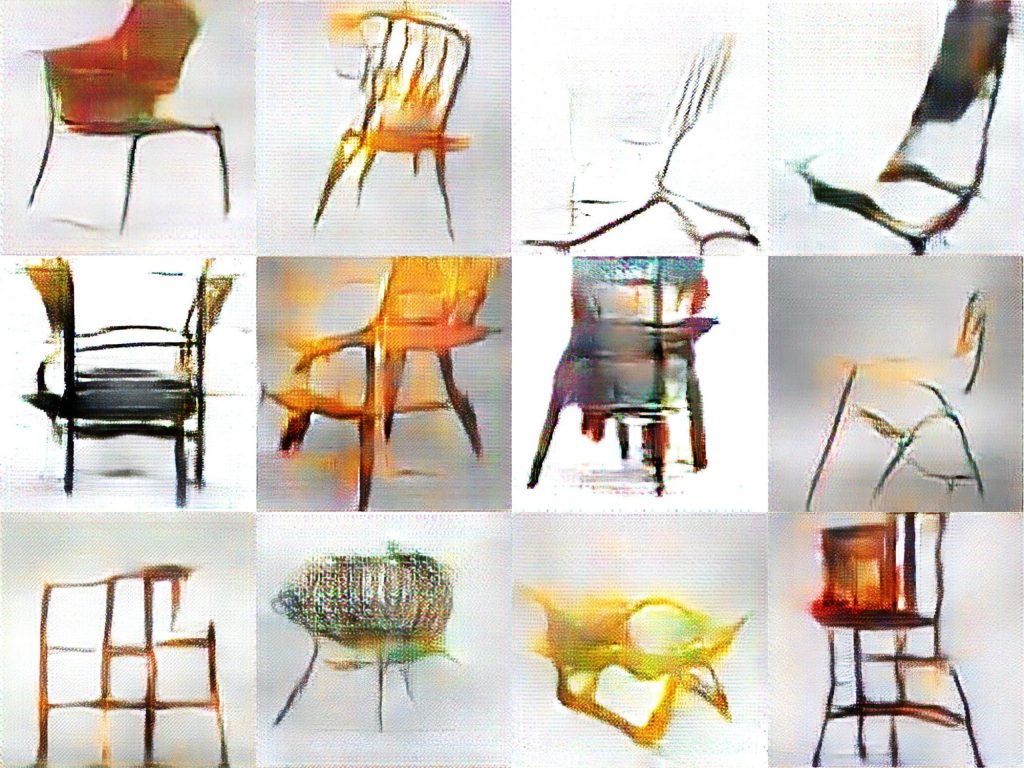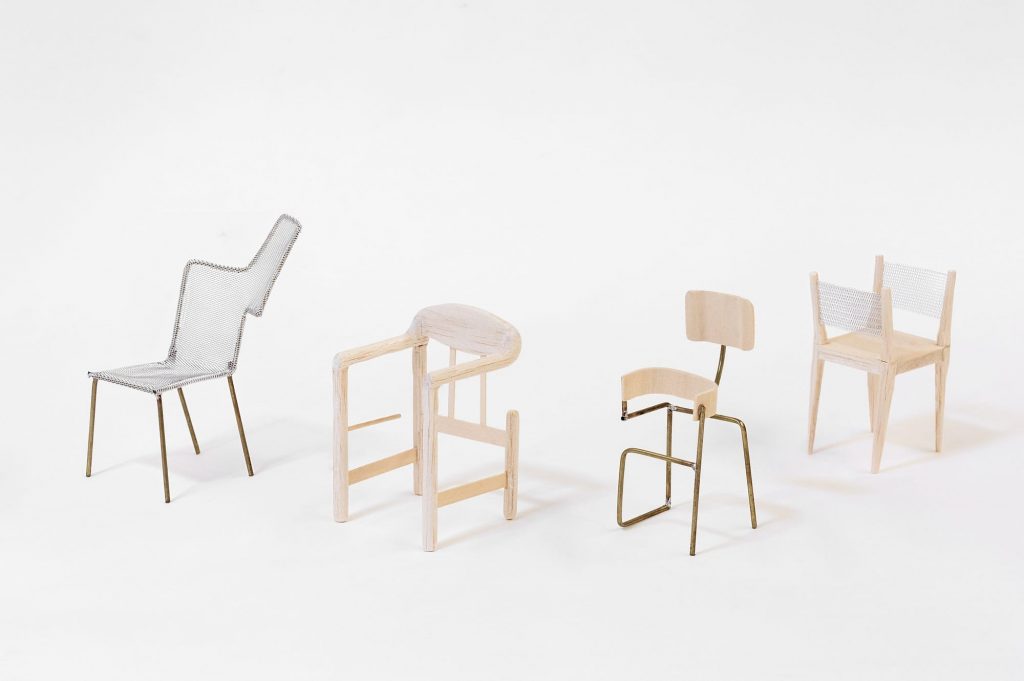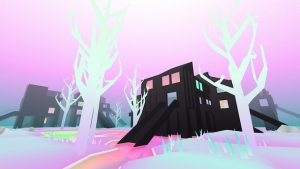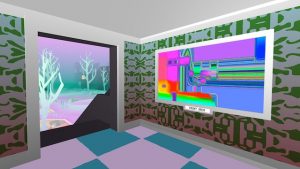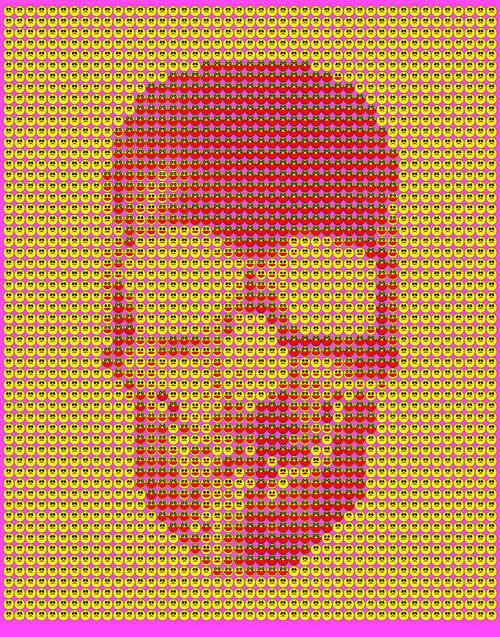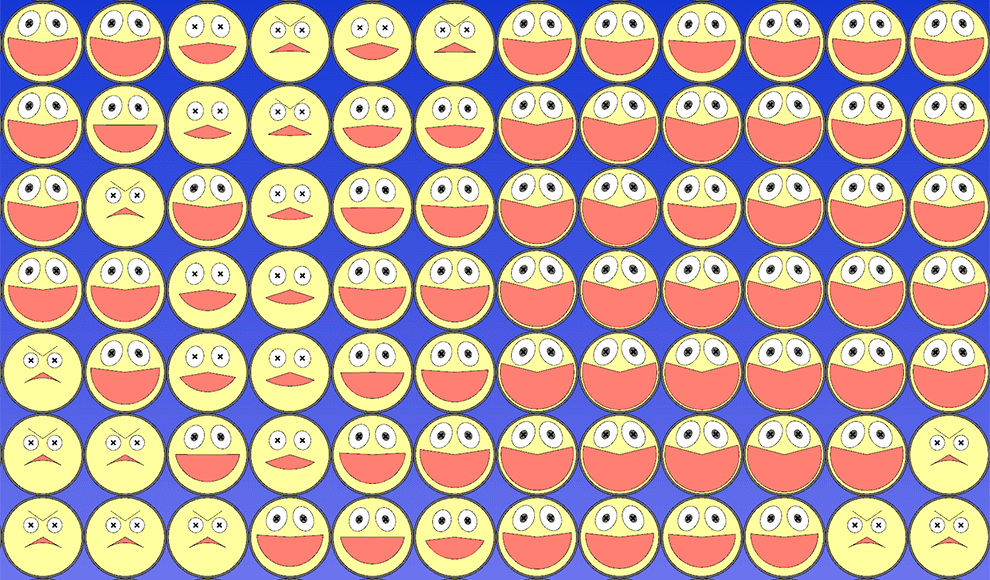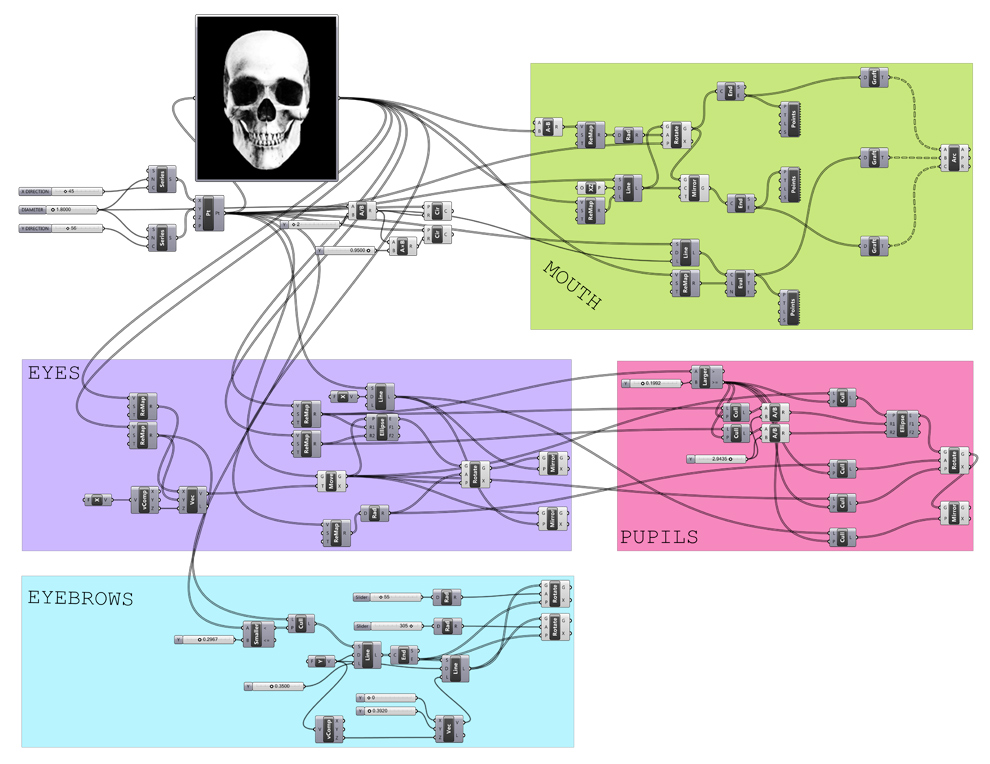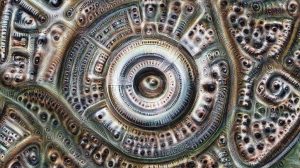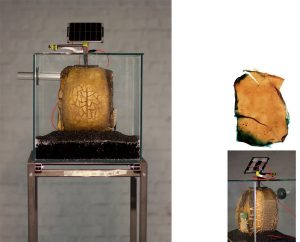
The project, “Genesis of a Micronal Skin”, is a research project/ an installation project by AnneMarie Maes created to examine the idea of Intelligent Beehives through “thorough” research of microbial skin. The Guerilla Beehive is a device that senses the pollution of the current environment. Not only this device looks out for for bees’ wellbeing, but it also changes color depending on the situation of our environment. She was inspired from the idea that we as humans need to alter our lifestyles for the environment for sustainable future (which is a major topic discussed in my Design major). She used different resources such as 3D rendering of pollen grain, cellulose skin growcontainer with bacteria and yeast cells, and many more. This project is admirable because through this installation/ project, the AnneMarie Maes delivers a story about our environment to the audience. It’s also interesting how AnneMarie created a harmony between man made material and natural material. The algorithm that generated the work used “pattern recognition” to record the images captured by infrared camera when a membrane was being developed through microbial cellulose. Creator’s artistic sensibilities manifested in the algorithm because she used it to produce the outer skin in the form of a beehive and graphical rendering of microbial movements. Although she used her artistic sensibilities to create this installation, she could have improved on the form because it is difficult to tell if the form was intended to be a beehive.
![[OLD FALL 2018] 15-104 • Introduction to Computing for Creative Practice](https://courses.ideate.cmu.edu/15-104/f2018/wp-content/uploads/2020/08/stop-banner.png)

